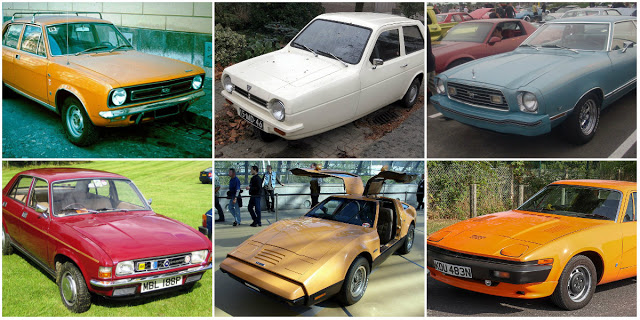
This is a list of automobiles considered the worst from the 1970s. They are judged by poor critical reception, poor customer reception, safety defects, and/or poor workmanship. For inclusion, these automobiles have either been referred to in popular publications as the worst of all time, or have received negative reviews across multiple publications.
Some of these cars were popular on the marketplace or were critically praised at their launch, but have earned a strongly negative retroactive reception, while others are not considered to be intrinsically “bad”, but have acquired infamy for safety or emissions defects that permanently damaged the car’s reputation. Conversely, some vehicles which were poorly received at the time ended up being re-evaluated by collectors and became cult classics.
1. AMC Gremlin (1970–78)
The 1970 AMC Gremlin, a shortened version of the AMC Hornet, was introduced for 1970 as an entry to compete in the emerging market for compact cars. However, its odd styling and out-of-date technology has earned it lasting derision. Named by Time magazine as one of the 50 worst cars of all time, Dan Neil wrote that “[Richard] Teague’s design team basically whacked off the rear of the AMC Hornet with a cleaver. The result was one of the most curiously proportioned cars ever […] Cheap and incredibly deprived — with vacuum-operated windshield wipers, no less — the Gremlin was also awful to drive, with a heavy six-cylinder motor and choppy, unhappy handling due to the loss of suspension travel in the back. The Gremlin was quicker than other subcompacts but, alas, that only meant you heard the jeers and laughter that much sooner.”
Included on CNN’s list of “The Ten Most Questionable Cars of All Time”, it said of the Gremlin, “Like other AMC cars the Gremlin can be seen as either a daring leap forward by an innovative underdog or as a desperate attempt to do something – anything – that would stand out in a marketplace dominated by larger competitors.”
The Gremlin also placed 4th on Car Talk‘s “Worst Car of the Millennium” poll, and named by CNBC on its list of the ten ugliest cars of all time. Including it in his book Automotive Atrocities! The Cars We Love to Hate, author Eric Peters wrote that the Gremlin had a “distinctive ‘What happened to the rest of your car, buddy?’ look that became the Gremlin’s signature design feature.” He also said that the 1970 Gremlin’s lack of disc brakes, radial tires and electronic windshield wipers “hearkened back to the technologically sophisticated days of 1935.” Edmunds.com ranked the Gremlin as the 19th worst car of all time, saying, “it runs second only to its brother the Pacer in Loserland.”
2. Chevrolet Vega (1971–77)
While the Chevrolet Vega earned critical acclaim upon launch, was named the Motor Trend Car of the Year for 1971 and became a best seller, its reputation would be permanently damaged upon the revelation of severe quality and reliability issues. While its aluminum block engine and new method of rustproofing were initially praised as innovative, the Vega was proven to have an extreme vulnerability to corrosion and premature engine failure.
By the late 1970s, Vegas were being scrapped at such a high rate that many junkyards refused to purchase them. Autoblog included the Vega on its list “The 20 Dumbest Cars of All Time”, saying that it “proved the point that American car makers did not make good small cars.” It placed 2nd on Car Talk‘s poll of “The Worst Car of the Millennium,” was named on Forbes’ 2004 list of “The Worst Cars of All Time” and named by Car and Driver one of the 10 most embarrassing award-winning cars, stating, “The Chevy Vega is on everyone’s short list for Worst Car of All Time. It seemed the only time anyone saw a Vega on the road not puking out oily smoke was when it was being towed.”
Popular Mechanics named the Vega on their list “10 Cars That Damaged GM’s Reputation” and later commemorated the 40th anniversary of its launch, marking the Vega as the catalyst that put General Motors on the downward spiral which culminated in its bankruptcy in 2009. The 2010 retrospective also took note of the Vega’s high sales numbers in relation to its poor quality, noting, “Since the Vega sold so strongly (almost 2 million were built before it left production after 1977), the result was that literally hundreds of thousands of buyers were having awful experiences with the car. […] Surely, those customers were then far more willing to consider the Japanese alternatives that were starting to arrive.”
The Truth About Cars named the Vega as one of the “deadly sins” that led to GM’s downfall, “The Vega was GM’s Watergate/Waterloo, the beginning of the inevitable end.” Edmunds.com ranked the Vega as the 5th worst car of all time. In his 1979 book On a Clear Day You Can See General Motors, former GM executive John DeLorean devoted an entire chapter to the Vega, describing how the Vega did poorly in durability testing and that GM knew about its quality problems prior to launch.[
3. Ford Pinto (1971–80)
While the Ford Pinto was a strong seller that got a decent reception, its reputation was permanently marred upon the discovery that the car could catch fire upon being rear ended due to a defective fuel tank design, as well as the revelation of the infamous “Pinto memo”, which revealed that Ford executives knew about the design defect and decided to do nothing after calculating that paying off lawsuits was cheaper than re-engineering the car.
Including the car in his book Automotive Atrocities! The Cars We Love to Hate, Eric Peters discussed the “Pinto memo”, noted that it would have cost Ford $1 per car to reinforce the fuel tank, and summed up the Pinto’s entry with the line, “See how much corporate America cares?”
Included on Time magazine’s list of the 50 worst cars of all time, Dan Neil wrote of its inclusion, “They shoot horses, don’t they? Well, this is fish in a barrel. Of course the Pinto goes on the Worst list, but not because it was a particularly bad car — not particularly — but because it had a rather volatile nature. The car tended to erupt in flame in rear-end collisions.”
Named one of the “Most Questionable Cars of All Time”, CNN said of it, “Images of flaming Pintos are so seared into the public consciousness that it’s probably hard for most people, unaided by a photograph, to conjure a mental image of the car while not on fire.”
Autoblog ranked the Pinto #1 on its list “The 20 Dumbest Cars of All Time”, taking note of the combination of the Pinto’s dangerous defect with how Ford marketed it towards young drivers: “So, this car was aimed at the least experienced drivers in America and the most prone to being in accidents. And after the truth came out, it soured a lot of those kids and their parents on buying more Fords just as the Asians were rising and redefining quality in America.”
Aside from the fire issues, the Pinto was also criticized for its poor name choice. It was named after the pinto horse, but “Pinto” is slang for the male genitalia in Portuguese, resulting in poor sales on the Brazilian market. International Business Times included the Pinto in a list of “The 5 Worst Name Oversights”. The Pinto placed third in Car Talk‘s 2000 “Worst Car of the Millennium” survey and was ranked the 16th worst car of all time by Edmunds.com.
4. Morris Marina (1972–80)
From its release, the Morris Marina has been criticised for its poor performance, styling, handling and build quality. It was also considered outdated at the time of its launch as its technical layout was largely based on the Morris Minor whose development started in the 1940s.
The Telegraph included the Marina on its list of “10 Cars That Should Have Never Been Produced”. British motoring journalist Jeremy Clarkson has criticised the Morris Marina on several television programmes: In Clarkson’s Car Years, originally broadcast in 2000, he compared the Marina to the Austin Allegro to determine which one was worse, and he destroyed a Marina in an automotive game of Conkers on one of his DVDs. Clarkson has said of the Marina that “It cost 40 million pounds to develop, which since it was meant to be hopeless, was too much,” and that its rear suspension “dates back to a medieval hand cart.”
Destroying Marinas has become a running gag on the BBC series Top Gear, which has drawn the ire of Marina enthusiasts and resulted in complaints been made to the BBC. In addressing the complaints, Top Gear presenter James May has stated that at least one Marina needs to be preserved in a museum as “a warning from history”. CarThrottle ranked it #1 on it’s list of “10 Of The Worst Cars Ever Made In The UK”.[30]
5. Reliant Robin/Rialto (1973–2002)
The Reliant Robin is a three-wheeled small car. It is the perhaps best-known and most infamous product of the British three-wheeled car industry that was very successful from the 1950s until the 1980s; mainly due to British tax loopholes that allowed three-wheeled cars to be taxed as motorcycles and be driven with a motorcycle licence. The Robin enjoyed sales success throughout its lifetime and has a special place in British culture. Its name was so popular that its 1982 successor, the Reliant Rialto, was renamed Robin again in 1989, thus making the Robin name live on for another thirteen years and even making it see the new millennium until production finally came to a halt in 2002.
But despite its success, it has also become the butt of many jokes due to its three-wheeled nature, fibreglass bodyshell and primitive, old-fashioned technique and is often cited among the worst cars ever made. It is sometimes affectionately nicknamed the “Plastic Pig” because of it’s distinctive shape and fibreglass body shell. It was also part of a famous episode of Top Gear (series 15, episode 1), in which Jeremy Clarkson drives a Reliant Robin and makes it roll over multiple times. He described driving it as dangerous as “inviting your mum ’round for an evening on chatroulette”, and that the Robin “wasn’t funny, it was a complete menace.” The following two episodes featured racing driver The Stig and Ken Block on their test track in Robins, and neither of them could finish a clean lap in the specially doctored Robin.
Later on, Clarkson admitted that the Robin used in the show had the differential modified to allow it to roll over easily. He also admitted that he actually likes the Robin. The Robin was featured in the books The Worst Cars Ever Sold by Giles Chapman and Crap Cars by Richard Porter. It was voted the 8th worst car ever in an Auto Express poll, with the article saying “The butt of countless jokes, the Reliant Robin was missing more than a wheel and will be remember as one of the worst cars ever”. In a 2013 poll, it was voted the worst British car of all time.
Edmunds.com ranked it the 13th worst car of all time, stating “Ludicrously unstable three-wheeler that turns turtle on its plastic body at the slightest provocation. Fortunately, with a 750cc engine, it was underpowered, too.” CarThrottle ranked it number two on its list of “10 Of The Worst Cars Ever Made In The UK”.

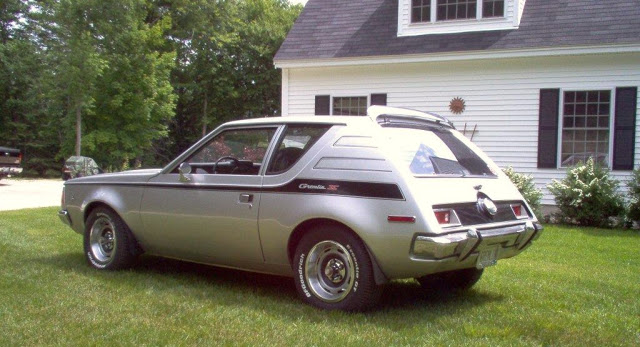
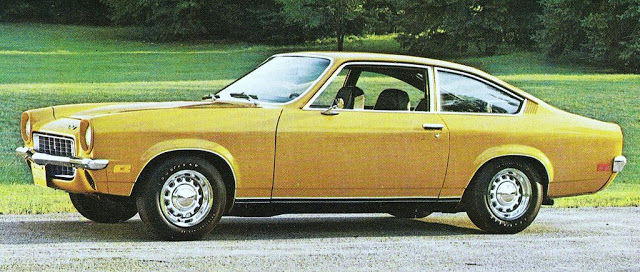
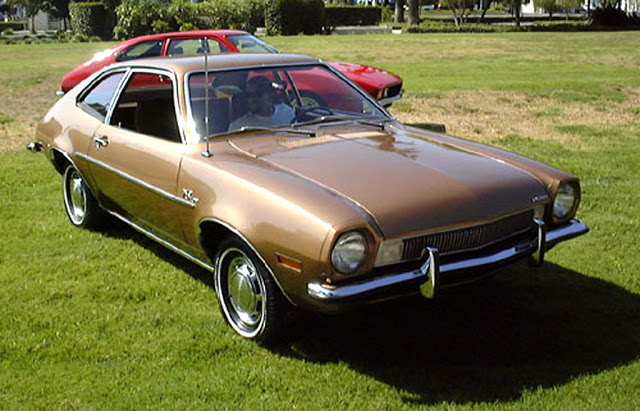
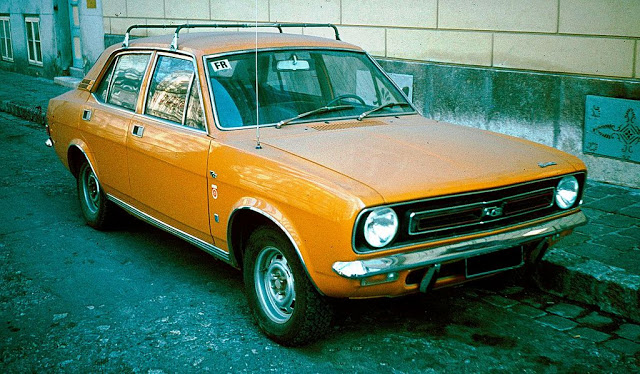
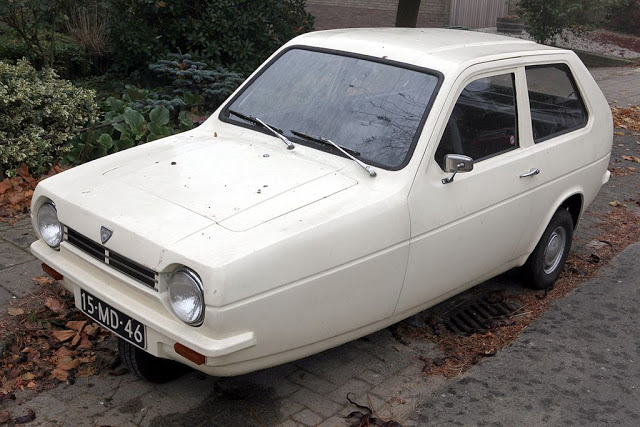
Leave a Reply